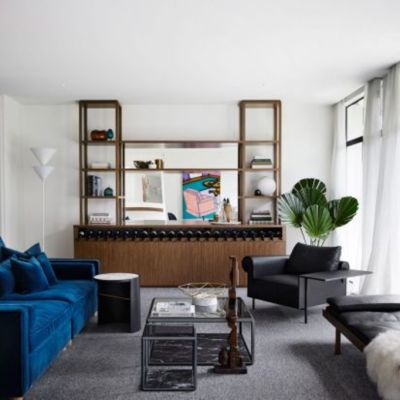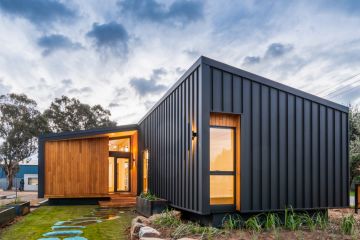Buy now, pay later services see homewares purchases boom

If you’re a 35-year-old woman living in a major Australian city, you’re the reason why homeware sales went through the roof during the pandemic. What’s more, Aussie women are splurging with buy-now, pay-later schemes to fill their homes with the latest and greatest products.
According to Klarna Australia and New Zealand country head Fran Ereira, the popularity of homewares was on the rise before the pandemic, but hit fever pitch last March.
“The home and garden category was already a huge market for our users,” Ereira says.
“But we found ourselves at home during the pandemic and realised some of the things we love and enjoy weren’t around, so the desire to redecorate studies, finally organise that guest room or office or refurbish the garden with an outdoor setting and BBQ finally did happen. We have seen people invest in their homes and gardens like never before.”
The Swedish company’s global statistics reveal that Generation Z increased their spend in the home and garden category by 262 per cent during the pandemic, while millennials aged 24 to 39 spent an extra 231 per cent. Gen X – those aged 40-55 – accelerated their home-product spend using the Klarna service by 156 per cent, with the Baby Boomers following.
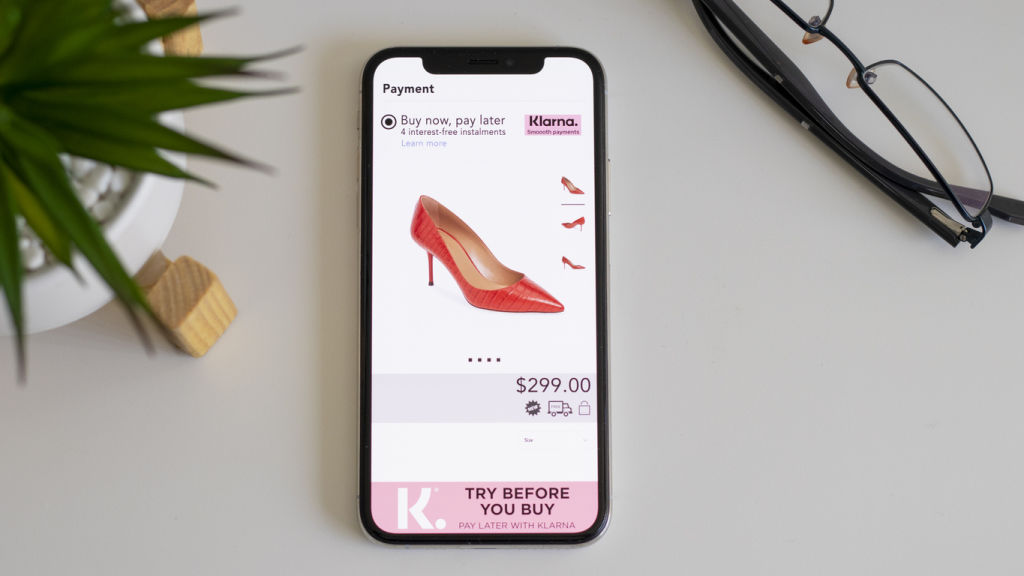
“What we have seen wasn’t just pandemic-related,” Ereira says. “Customers want to experience great ways to pay and Klarna works for them. Those aged 34 to their late 60s have had livelihoods changed and are looking for smarter and smoother ways to pay for home and garden products.”
Afterpay vice-president sales (APAC) Katrina Konstas says restrictions introduced to Australia last March kick-started the home-spending spree, with the company also seeing a spike in homewares, furniture and home gym equipment purchases.
Konstas says the trend of making your home as comfortable and aesthetically pleasing as possible drove the boom, as did the fact we’re spending more time living and working from home.
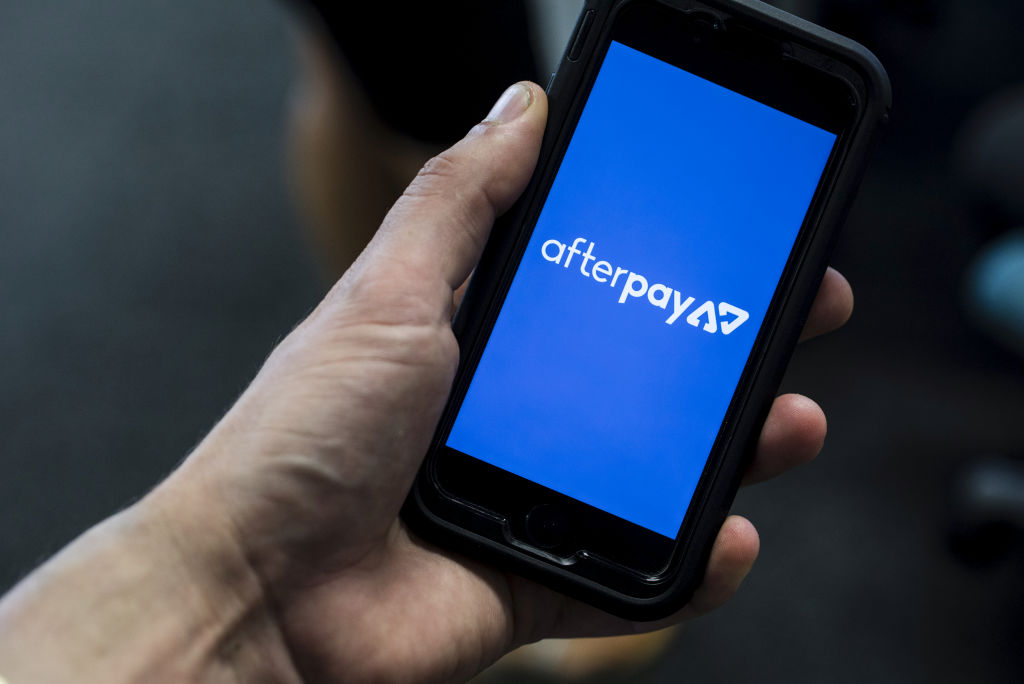
Afterpay allows customers to manage their purchases by splitting the price into four interest-free instalments. The catch is to make sure you don’t spend more than your budget can handle and honouring your repayments – that way you’ll keep your interest-free terms.
Popular buy-now, pay-later schemes like Afterpay and Zip have about 5.4 million customers in Australia.
Konstas says customers aren’t using the service as a credit function.
“Customers also use their own money to pay off their instalments, with 90 per cent of customers linking a debit card to their Afterpay account,” she says.
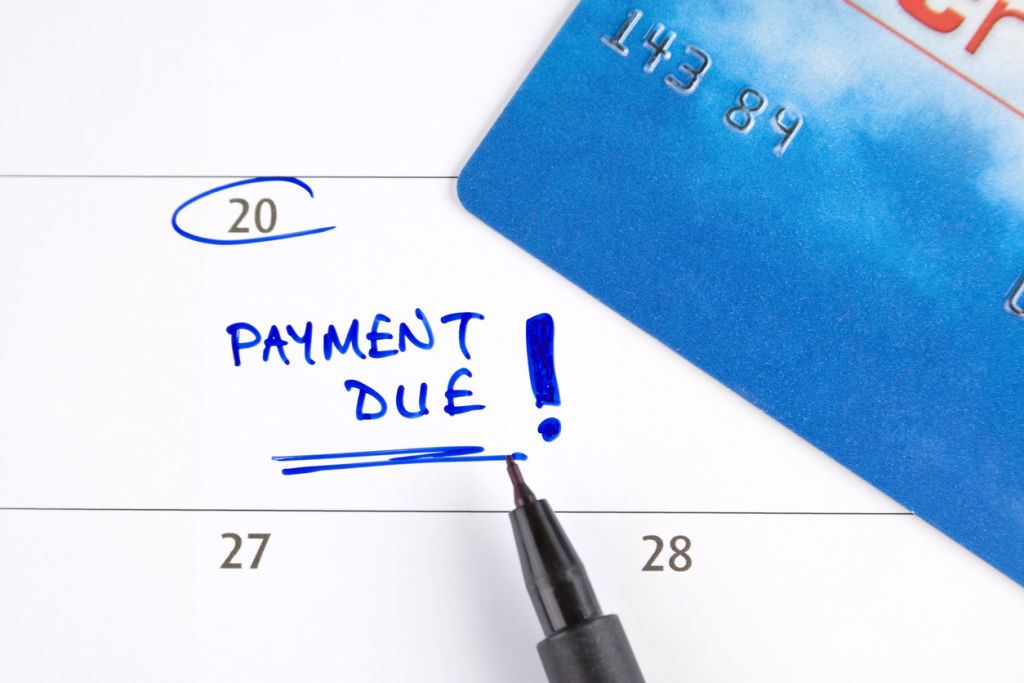
The Reserve Bank of Australia recently reported that total credit card purchases in Australia fell 6.2 per cent in the year to December 2020. It’s a sure sign that consumers want more bang for their buck – and the choice to use their savings to pay for products without being charged interest if they delay the payments over monthly instalments.
“Being able to split that payment in four is palatable to families and singles managing a budget,” Konstas says.
Klarna’s entry into Australia occurred three weeks before the pandemic hit our shores, but its growth is proof we aren’t curbing our spending habits.
“For us this market will only continue to grow,” says Ereira.
“Credit card usage is in a massive decline and people want a more digital way to pay. More Australians will keep gravitating toward personalised experiences,” she says. “We’re over 10 months old with around 400,000 consumers. It’s a telling sign what customers are looking for.”
We recommend
We thought you might like
States
Capital Cities
Capital Cities - Rentals
Popular Areas
Allhomes
More

